Shanghai is full of hidden markets; if you know where to search, you can find anything – from heavily reduced, knockoff designer brands to Communist-era art and literature to antiques dating back to pre-People’s Republic of China.
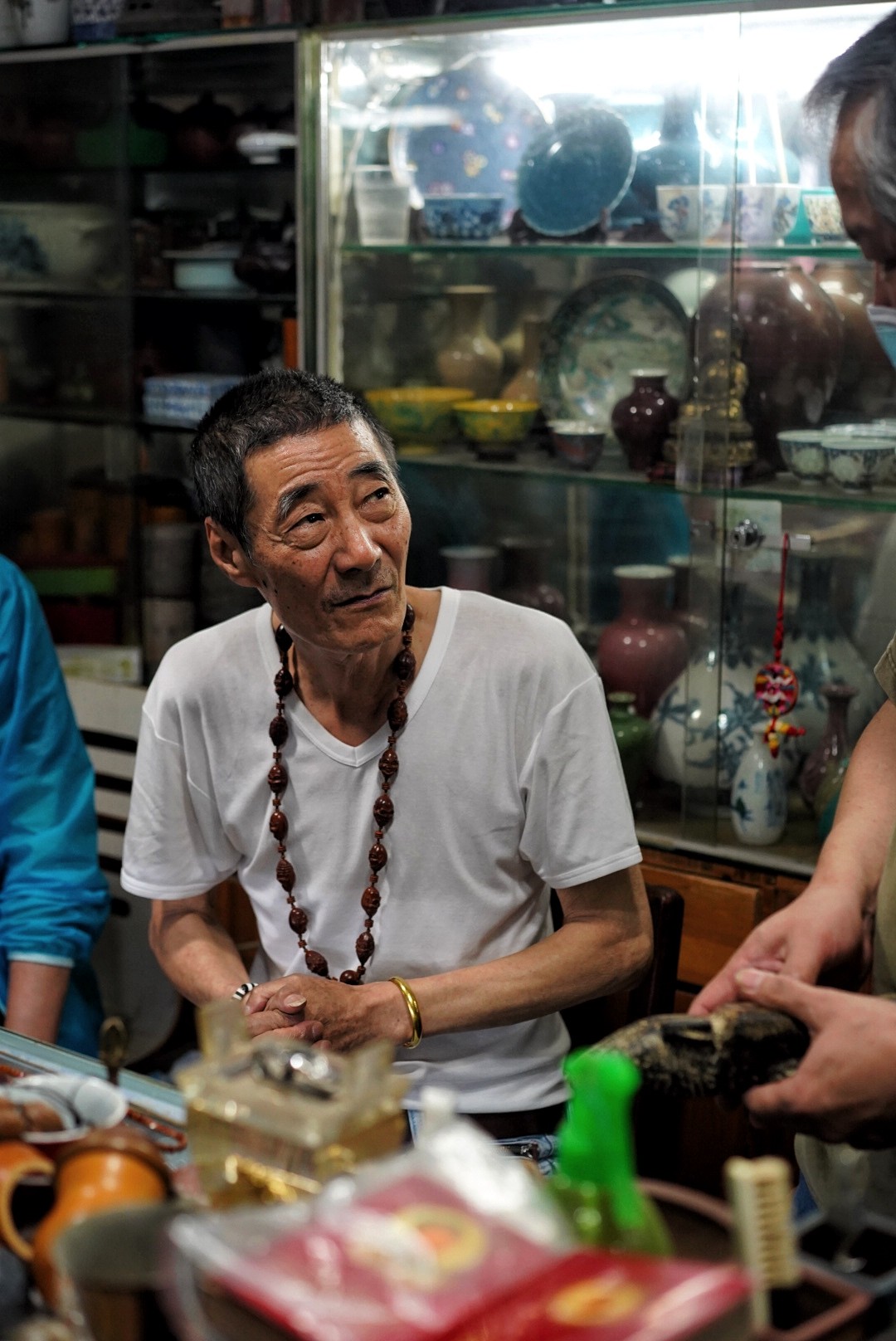
Image by Sophie Steiner/That's
We recently headed north in Putuo (it’s not as far as you think – only a 20-minute scooter ride from the heart of Jing’an) to the Juqi Antique Market (聚奇古玩市场) leaving behind the comfort of our bubble for some China cultural immersion.

Image by Sophie Steiner/That's
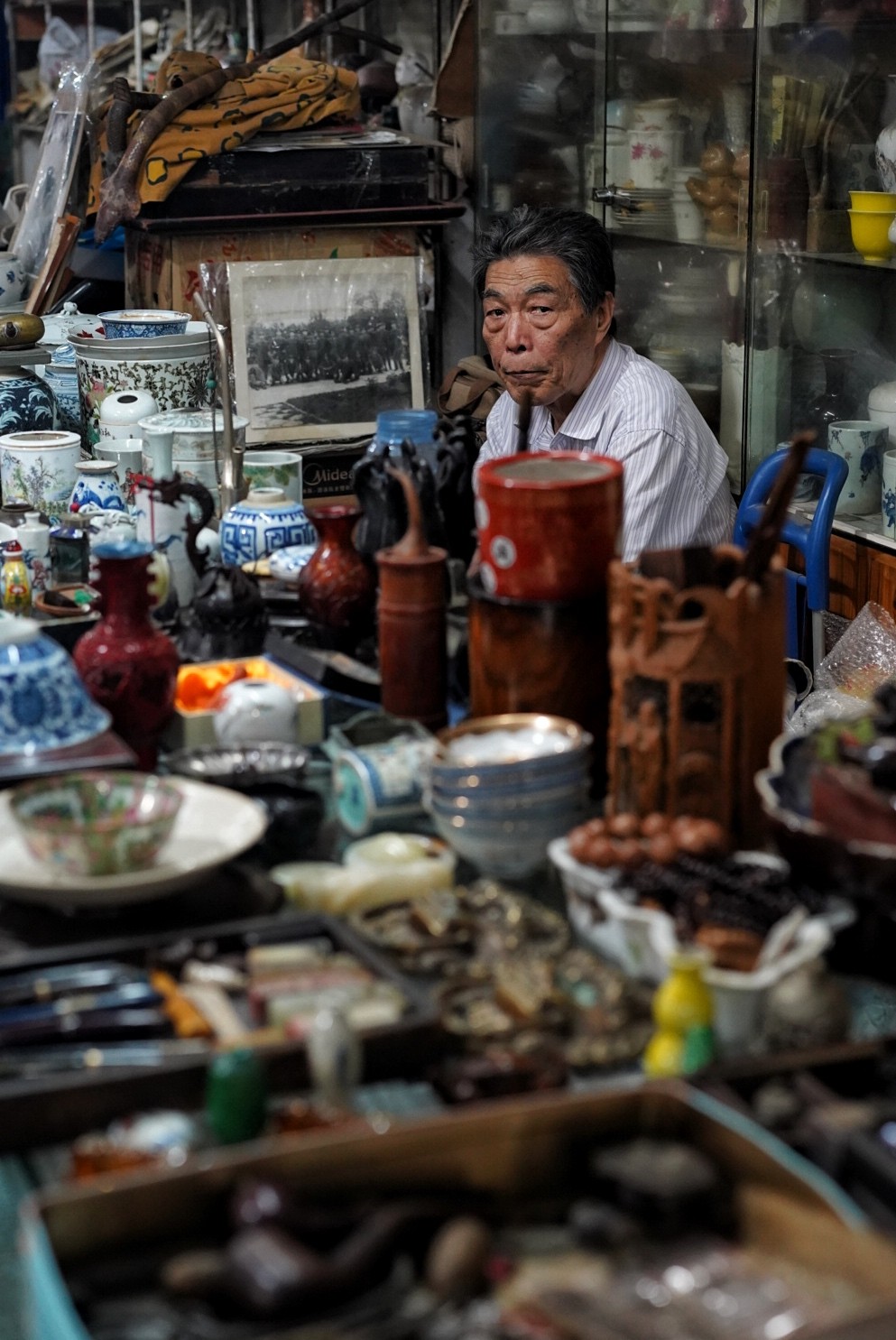
Image by Sophie Steiner/That's
The market looks like nothing at all from the front – in fact, the antiques area is in a building about a block behind the main road.
As you first enter, you walk through a surprisingly active plant and flower market. Pick up anything from RMB3 succulents to RMB2,000 bonsai trees.
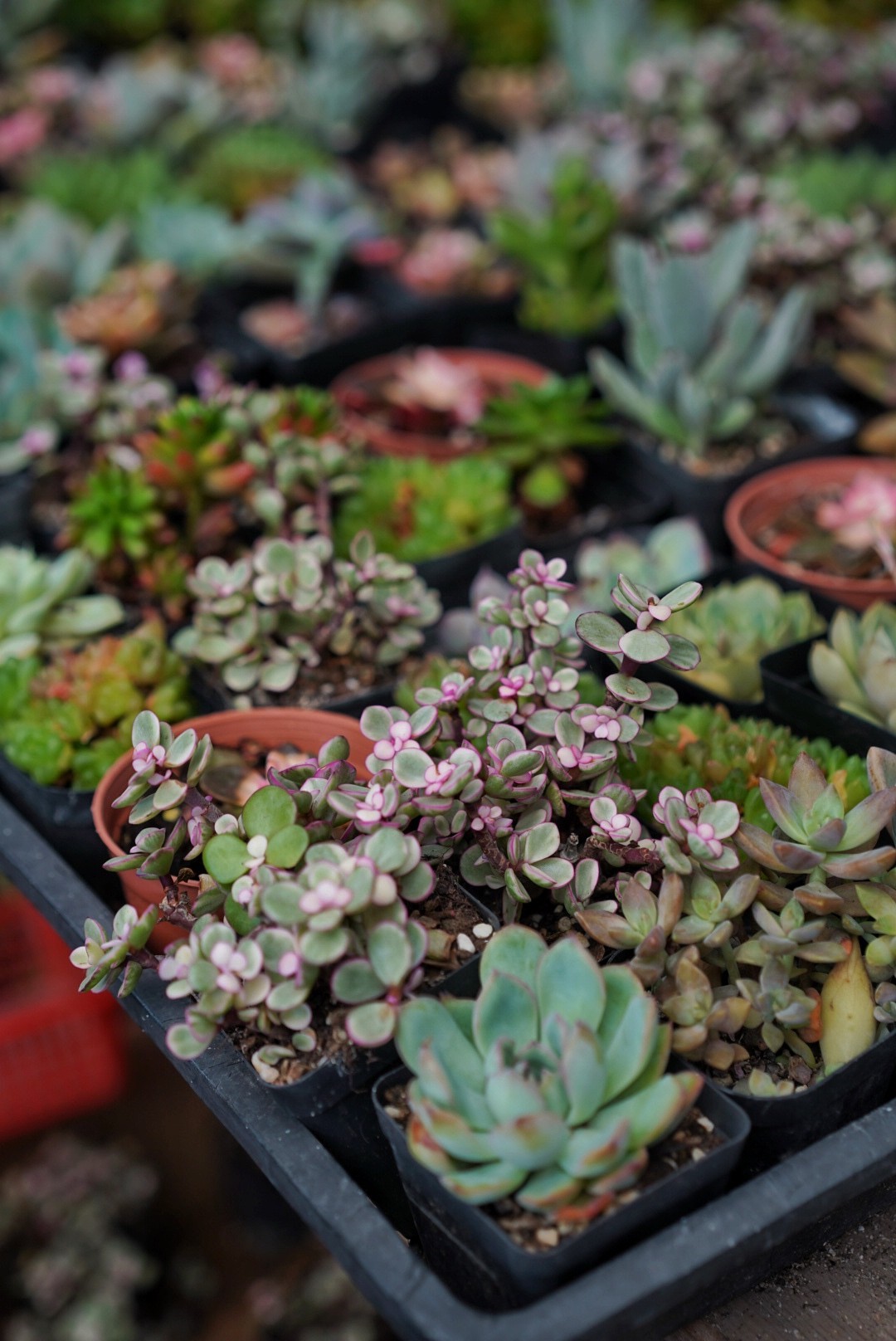
Image by Sophie Steiner/That's
There are also loads of crickets (for cricket fighting – a favorite China pastime similar to cock fighting, yet somehow more tolerable), reptiles and fish.
Snag a mint plant for RMB10 and then head towards the back building for the real reason you came – the antiques.

Image by Sophie Steiner/That's
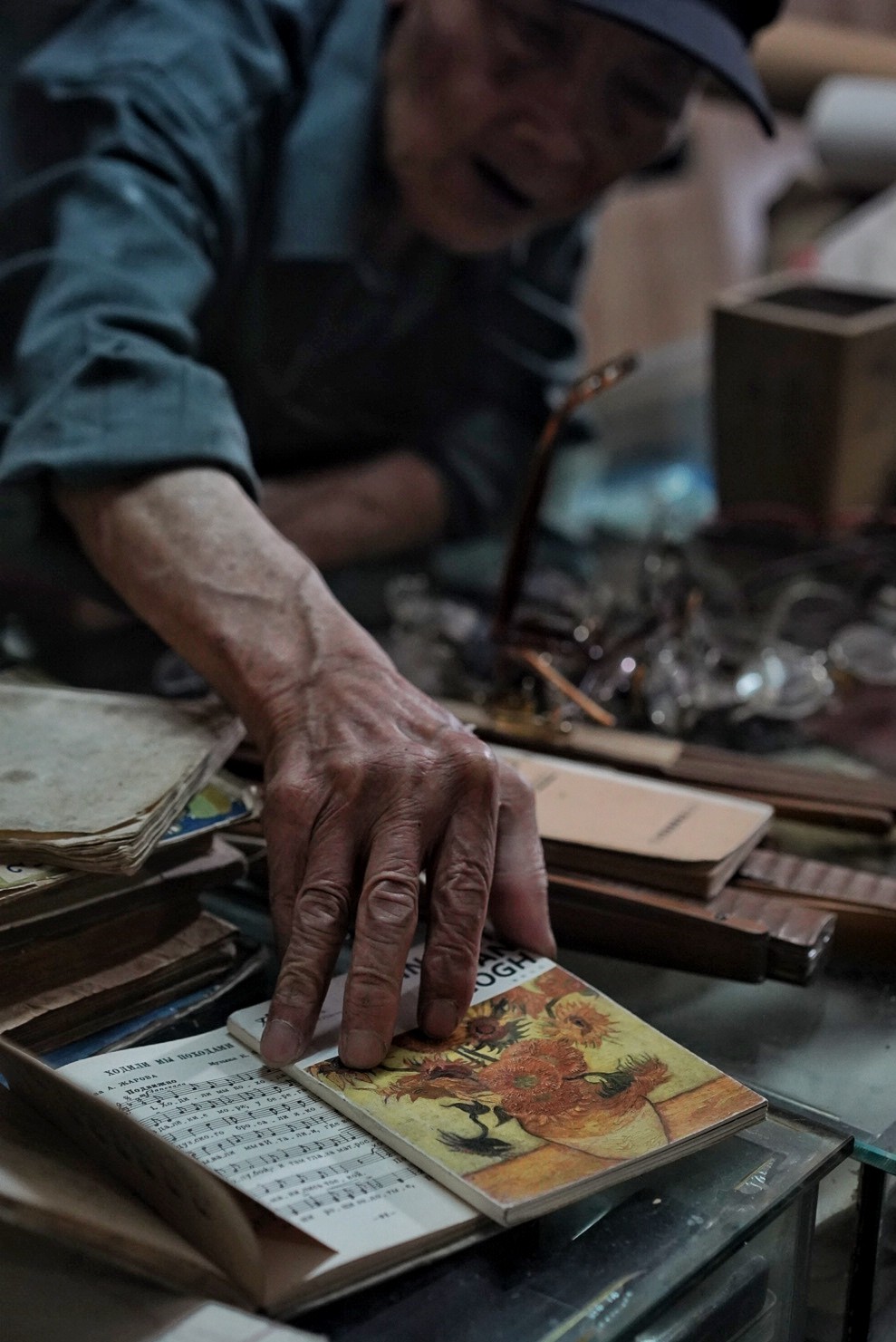
Image by Sophie Steiner/That's
Meaning "a gathering together of treasures" in Chinese, the Juqi Antique Market is so much more than a standard antique market or art fair – it’s a hoarder’s dream, a minimalist’s nightmare; equal parts trash and treasure.

Image by Sophie Steiner/That's
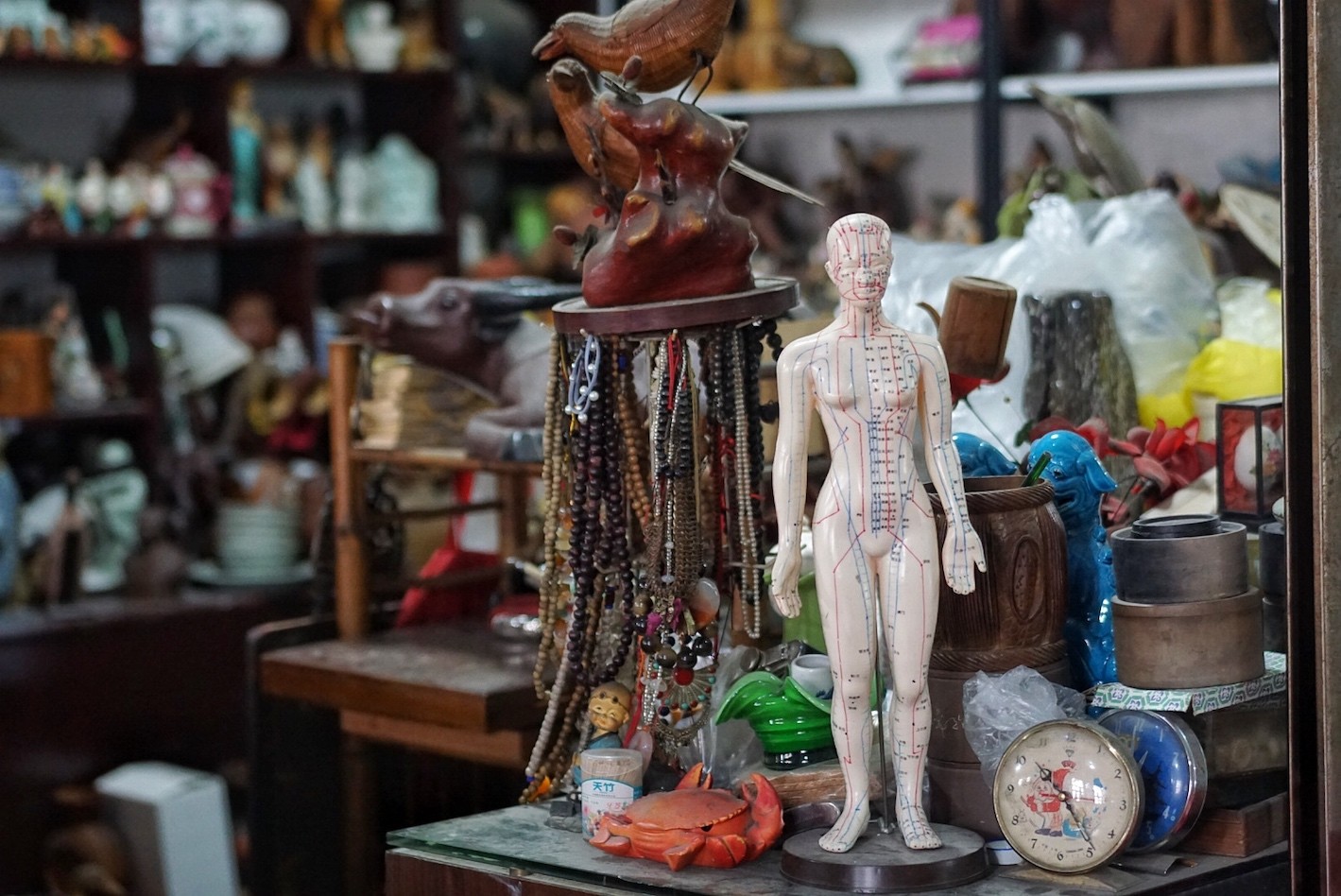
Image by Sophie Steiner/That's
Walking through the dimly lit alleys stacked high with mountains of cultural relics, collector’s items, period pieces (and also legitimate junk that should have been scrapped decades ago) is like experiencing a bygone Chinese era in one time-warp vortex of a building.

Image by Sophie Steiner/That's
Between the wee hours of 5am and lunch times on Friday mornings is when the 'Ghost Market' is most active; all sellers – and buyers – seeking out the most auspicious of sales. Serious collectors, casual retirees, and curious onlookers alike grace the halls, the spectacle as engaging as the purchases.
Stop by in the afternoon and and many stalls will already be deserted, so it's worth the early wake up call to get in on the action.

Image by Sophie Steiner/That's
An insider tip: prices are given in hundreds, so don't think your snagging a steal when a stall-keeper spits out "yi kuai" as the price – that actually means RMB100, just as san mao is RMB30, not the conventional denomination of RMB0.30.
Be prepared to get your haggle on.
 Image by Sophie Steiner/That's
Image by Sophie Steiner/That's
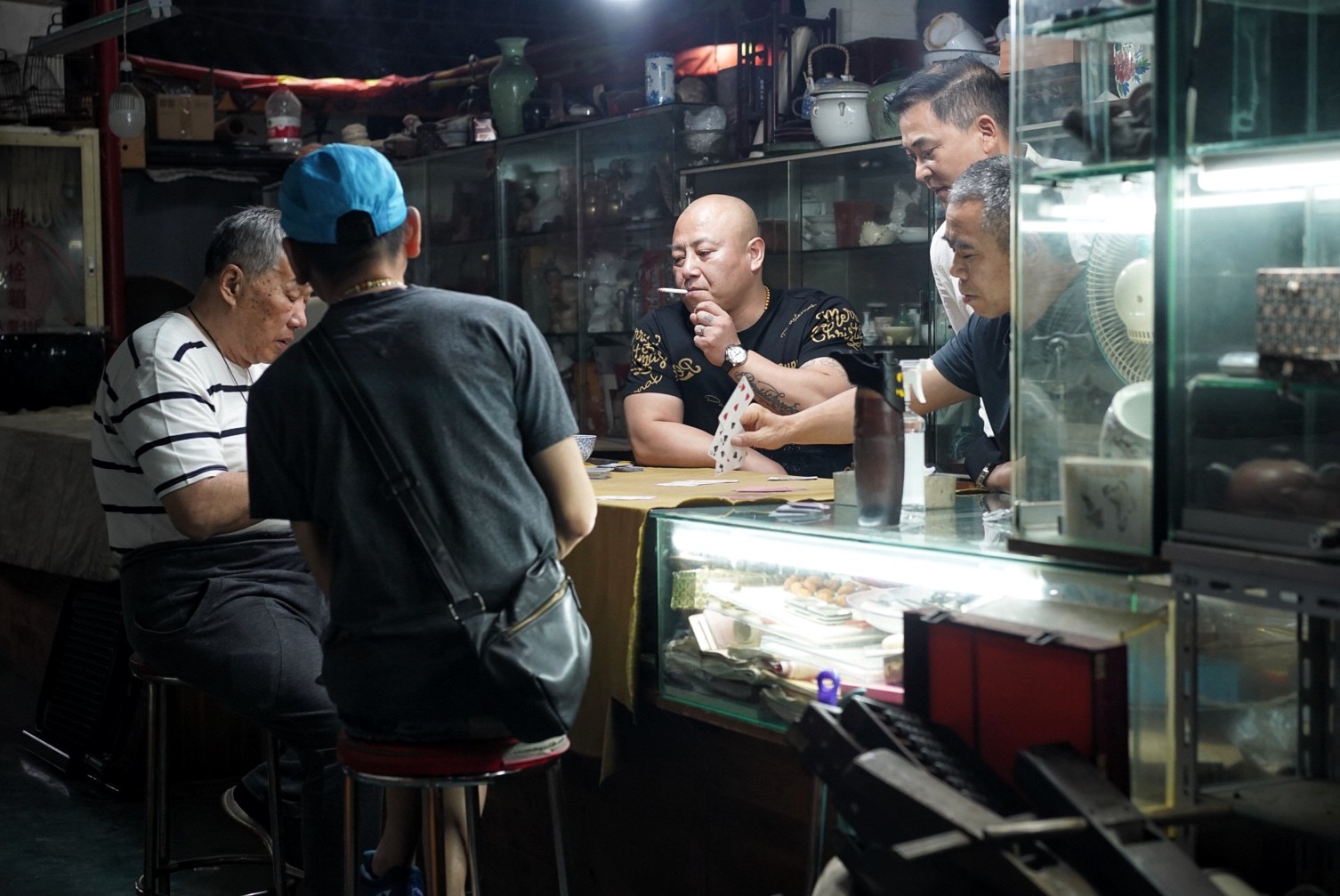
Image by Sophie Steiner/That's
Non-Friday mornings see the rows half-deserted, with stall-keeper’s abandoning their stands for an afternoon nap, a casual smoke, a game of cards.
Like one massive indoor garage sale, visitors are caught between piles of worn books, decorative spoons, family heirlooms and fading photographs with curling edges.
 Image by Sophie Steiner/That's
Image by Sophie Steiner/That's
Creaking record players are heaped next to piles of cassettes, worn stamps, rolled posters and a myriad of clocks in all shapes and sizes, most of which stopped ticking years ago.
Jade ornaments, rusting coins, broken watches and uniquely-shaped canisters are interspersed between wooden carvings, pounded aluminum cigarette cases, tarnished hair pins and ceramic pots, chipped from age and wear.

Image by Sophie Steiner/That's

Image by Sophie Steiner/That's

Image by Sophie Steiner/That's

Image by Sophie Steiner/That's
Tall vases, painted in the traditional blue and white pottery style, sit covered in dust next to empty frames, woven bags and obsolete electronics that may have never functioned properly in the first place.
The easiest game to play is ‘spot the Mao,’ with smiling busts, Little Red Books and both color and black-and-white pictures of the Great Helmsman scattered throughout.

Image by Sophie Steiner/That's
The building smells of sweat, dust, cigarette ash and a former – now forgotten – version of Shanghai that echoes through the walls as friendly haggling in a twisted, bouncy Shanghainese dialect.
People come and go, eat and sleep, smoke, laugh and play mahjong deep within the rows of scattered debris, with no concept of time or the outside world.
Plum rains or streaming sunshine, frigid cold or radiating heat, the market is open every day.

Image by Sophie Steiner/That's
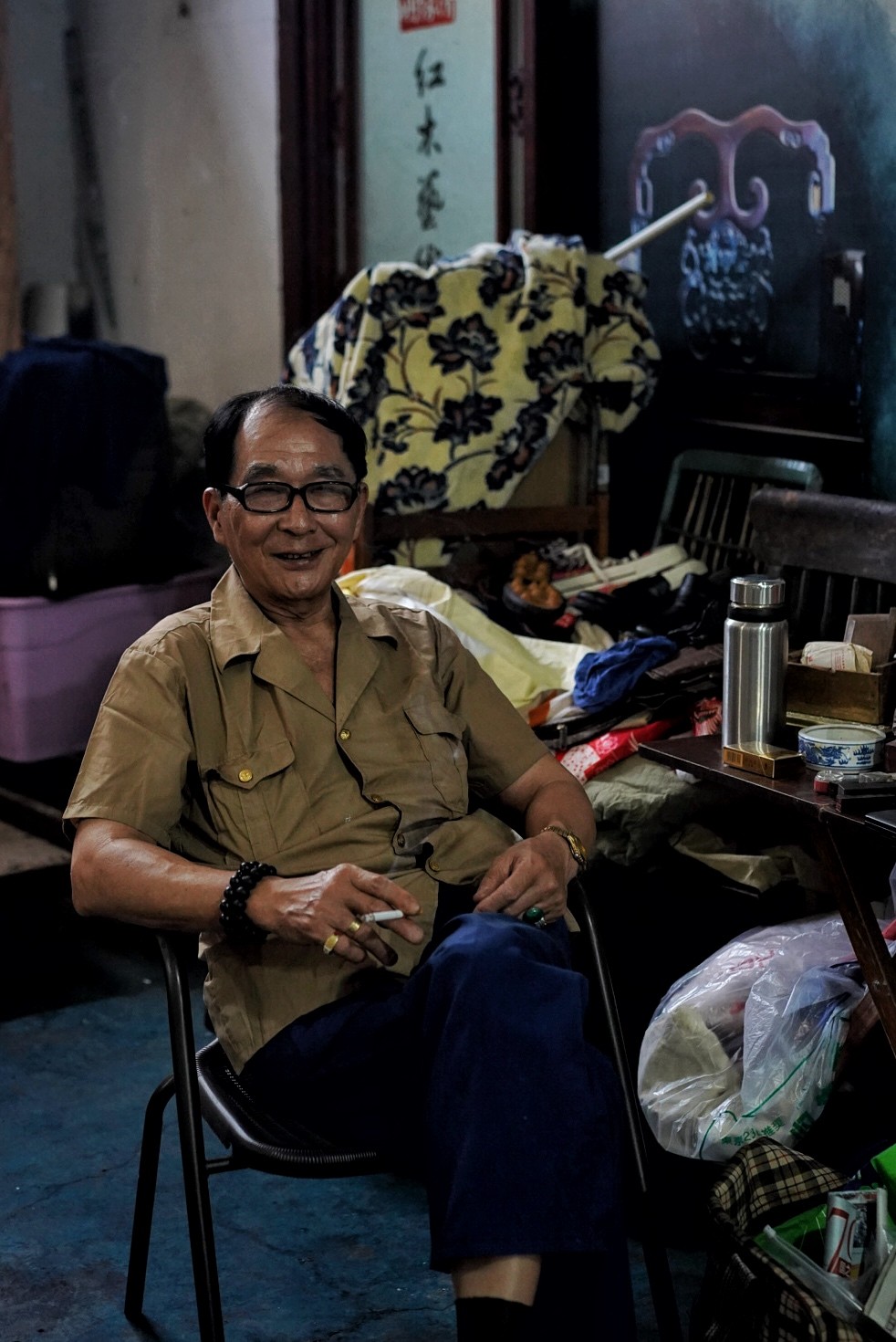
Image by Sophie Steiner/That's
The average age in the market is over 50, yet we were still surprised to discover that it may – in fact – be the only place left in Shanghai where cash still acts as the ruling form of currency.
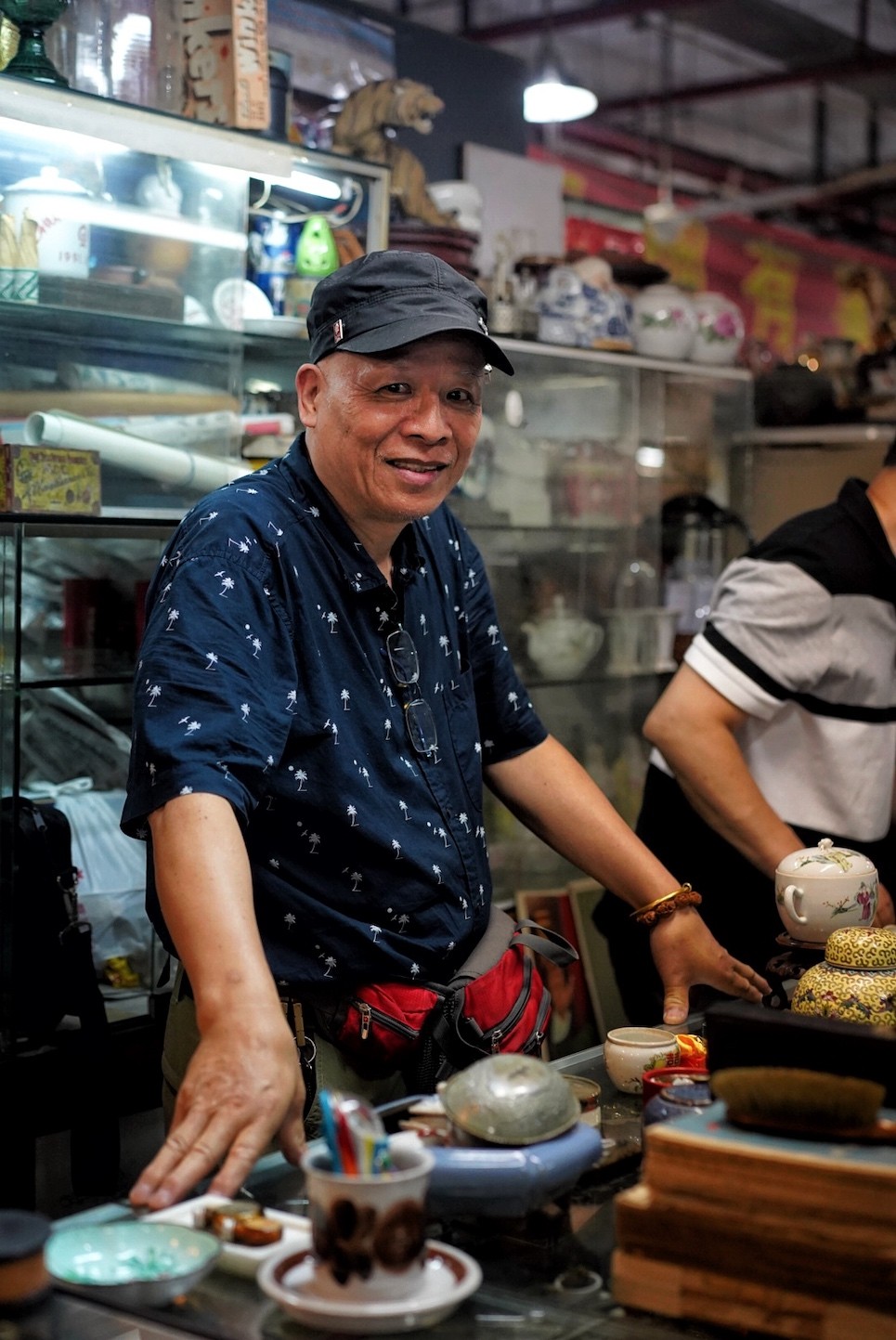
Image by Sophie Steiner/That's
 Image by Sophie Steiner/That's
Image by Sophie Steiner/That's
On the third floor of the market, the piles are replaced by fabric cloths, laid out on the cement ground and covered in colorful beads, jade, jewelry and smaller items of interest.
Bargaining levels jump an octave, as does the humidity and dank heat, intermingled with the mumbling of eager purchases and the crack of electric mosquito nets.
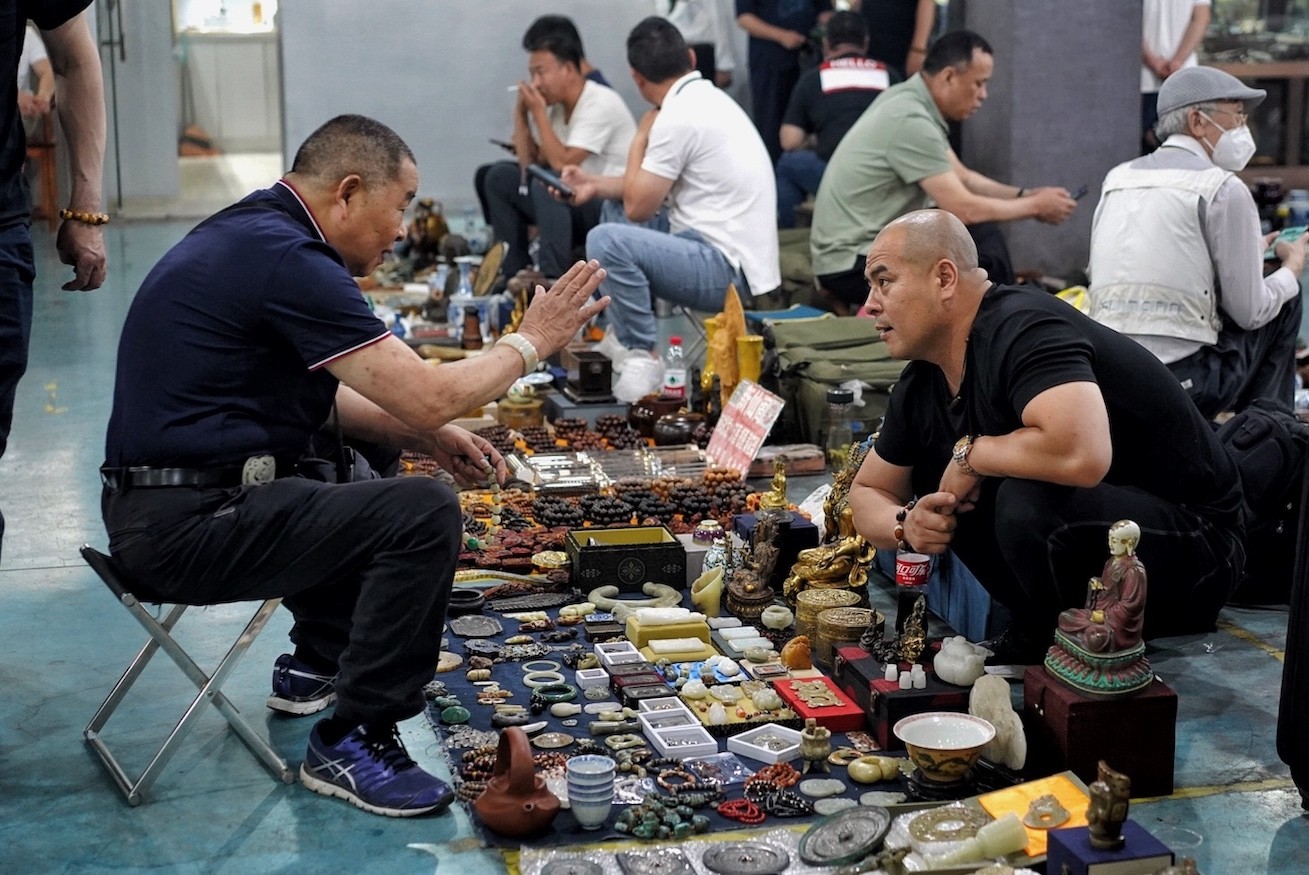
Image by Sophie Steiner/That's

Image by Sophie Steiner/That's
The floor is littered with remnants of hours passed waiting for a big sale – empty cigarette packs, torn bubble wrap, plastic bottles, browning apple peels, dirty napkins and half-eaten baozi, begging the question: where did this all come from, and who is purchasing it?

Image by Sophie Steiner/That's
A visit is worth the cultural experience alone, something many of us in Shanghai miss out on far too often by sticking to everyday coffee shops and Western restaurants that could exist anywhere on the planet.
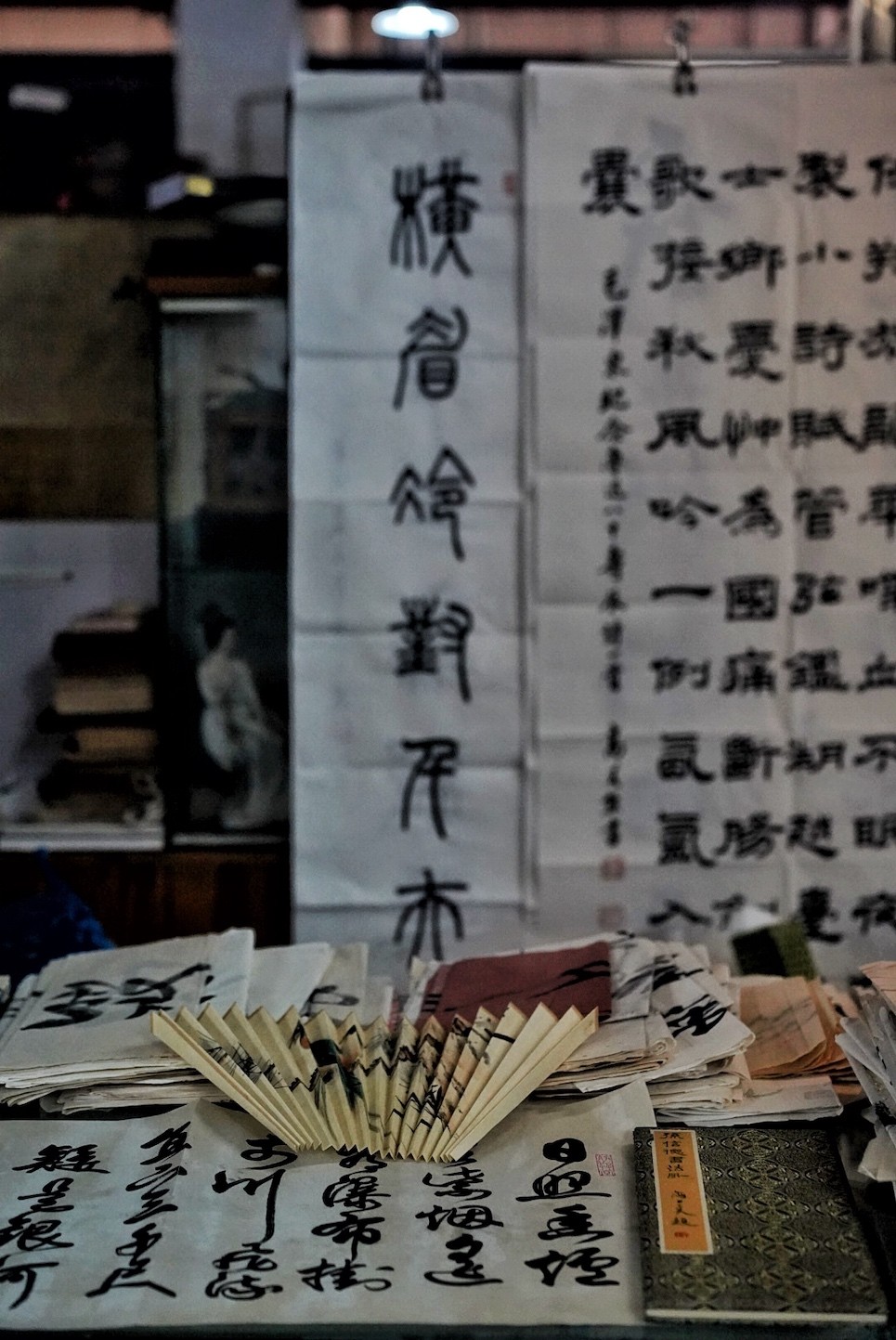
Image by Sophie Steiner/That's
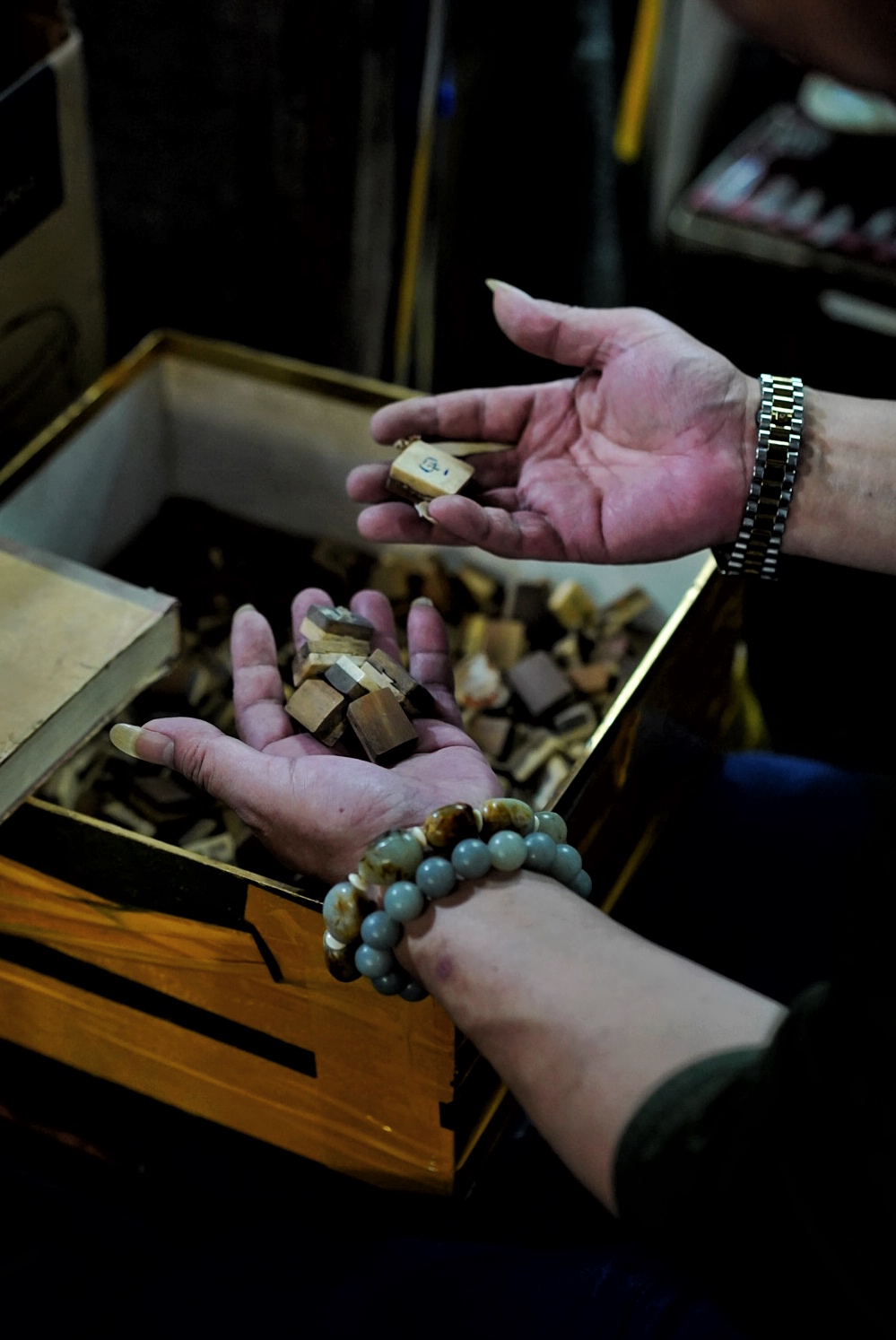
Image by Sophie Steiner/That's
As the country continues to modernize at a rate faster than any in the history of the world, it’s relics like these that remind us of a past China, now superannuated and replaced by electronic currency, imported luxury goods and Taobao finds.
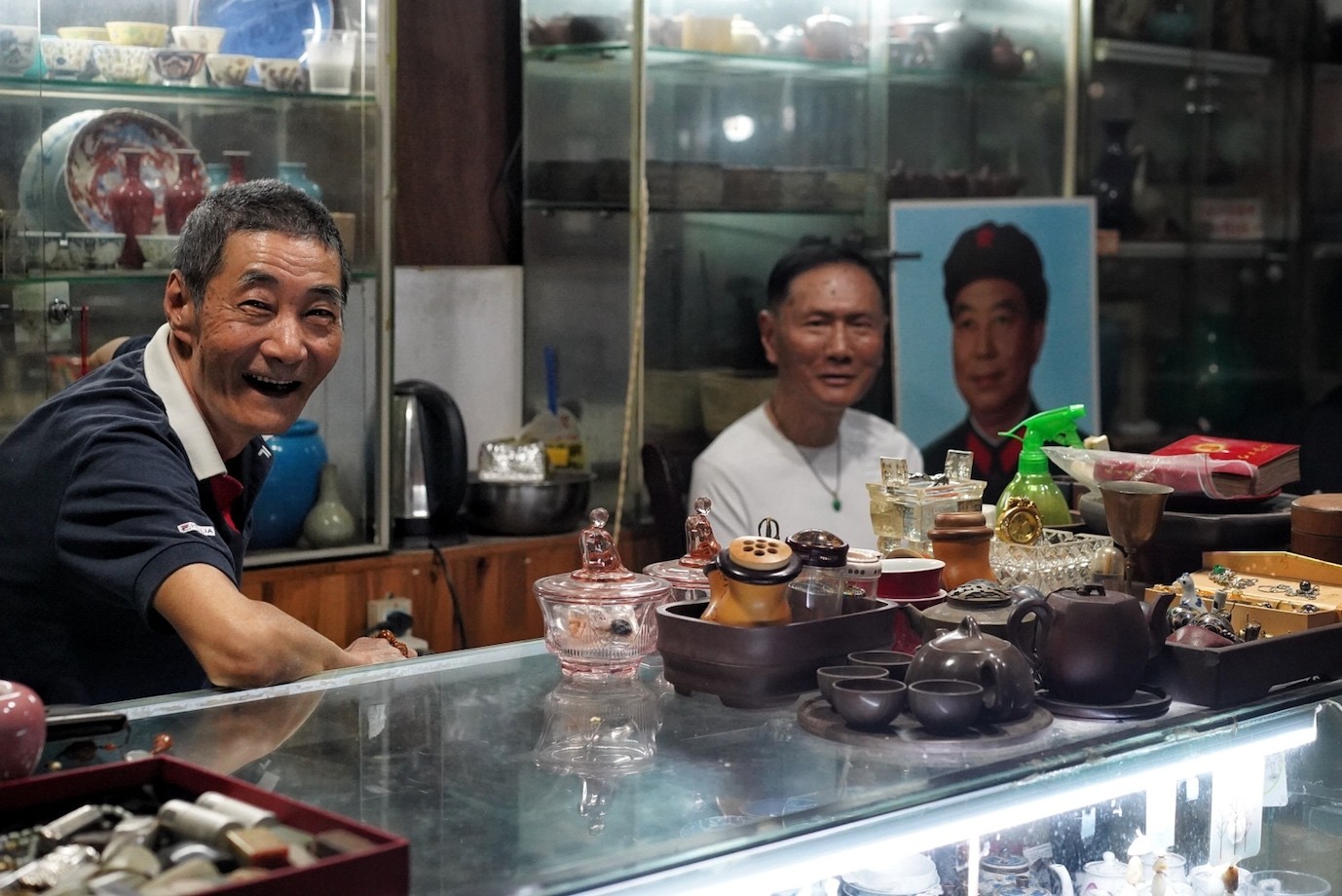
Image by Sophie Steiner/That's
At the Juqi Antique Market, if you’re willing to dig, you may find something of value, but you’ll most certainly walk away with unique curio of yore uncovered within the sprawling rows of bits and bobs.
Juqi Antique Market, 1539 Lingshi Lu, by Nanhuayuan Lu,灵石路1539号, 南花苑路.
This article was originally published on July 2, 2021. It has been added to, updated and modified to its current version.
[Cover image by Sophie Steiner/That's]




















0 User Comments